Our Story
See how SAI Platform has become one of the most influential global organisations dedicated to sustainable agriculture.
1990s–
early 2000s
The dawn of sustainable agriculture
Back in the 1990s, it became clear that the environment was being threatened in a way that could jeopardise the security of the global food and drink supply.
Agriculture needed to become more sustainable.

“Agriculture needed to become more sustainable.”
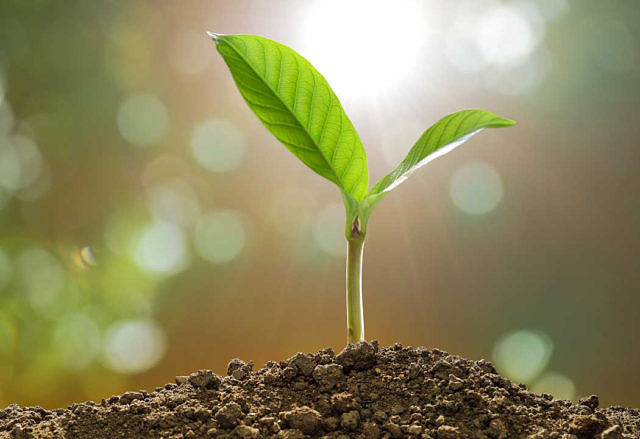
SAI Platform is formed
Danone, Nestlé and Unilever created the Sustainable Agriculture Initiative Platform (SAI Platform) in 2002 as a pre-competitive collaborative space for the food and drink industry. The goal was to find common solutions to the challenges the entire industry faced and make agriculture more sustainable.
The first step was to define sustainable agriculture as:
“The efficient production of safe, high quality agricultural products, in a way that protects and improves the natural environment, the social and economic conditions of farmers, their employees and local communities, and safeguards the health and welfare of all farmed species.”
2002
“Together, we began to understand what implementing sustainable agriculture meant for business.”
We saw our role as helping members navigate their way through the issues influencing the development of sustainable agriculture. We also realised that we needed to bring together knowledge from across agriculture, research, stakeholder and supply chain management and help make it accessible and useful.
We invited member companies to come together in commodity-specific Working Groups and share information. Together, we began to understand what implementing sustainable agriculture meant for business and to form a picture of what best practice would look like.
2006-
2009
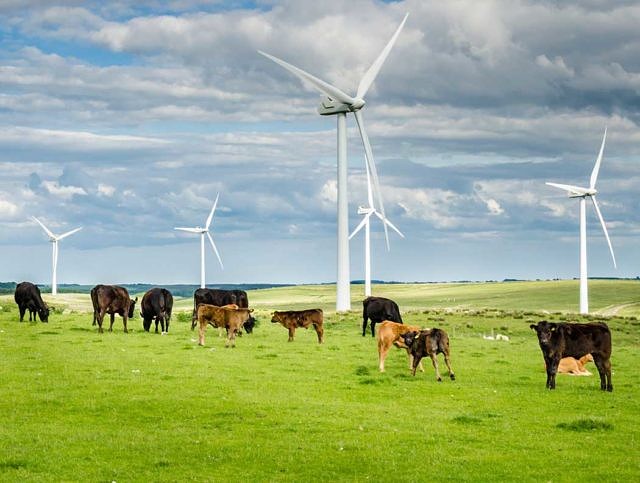
Defining sustainable production
By sharing their knowledge and experiences in Working Groups, our members began to build a list of principles that defined what producing sustainably would mean. We also started to identify the practices that would enable those principles to be delivered. These were tested in the field and refined over four years.
“This was the first ever set of industry-agreed, tested and harmonised guidelines.”
In 2009, we published a set of commodity-specific guides – the ‘Principles and Practices of Sustainable Production’. This was the first ever set of industry-agreed, tested and harmonised guidelines and proof that our collaborative, pre-competitive approach worked.
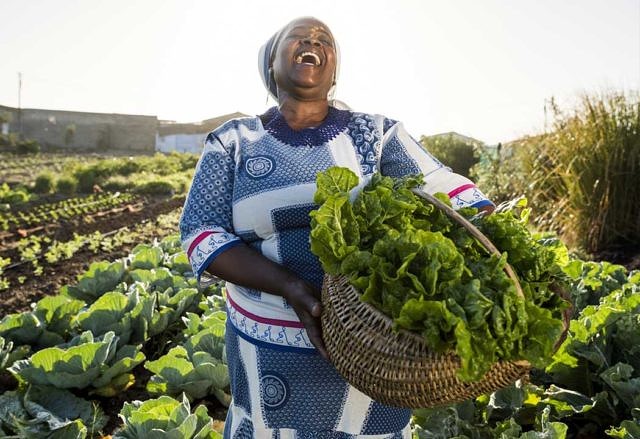
2010
Definition in action
The next step was to put the Principles & Practices into action and equip our members to transition into sustainable sourcing.
As we moved forward, we launched a Master Class for food and drink industry executives to show how the Principles & Practices can be adopted and applied.
“The next step was to put the Principles & Practices into action.”
2012-
2014
Developing tools for common challenges
Next, we needed to find a way to measure the progress and impact of applying the Principles & Practices on the ground, across regions and commodities.
We had tools that focussed on different performance indicators, along with different methods of calculating them, but these were not aligned. It was difficult to chart the impact of implementation and track collective progress.
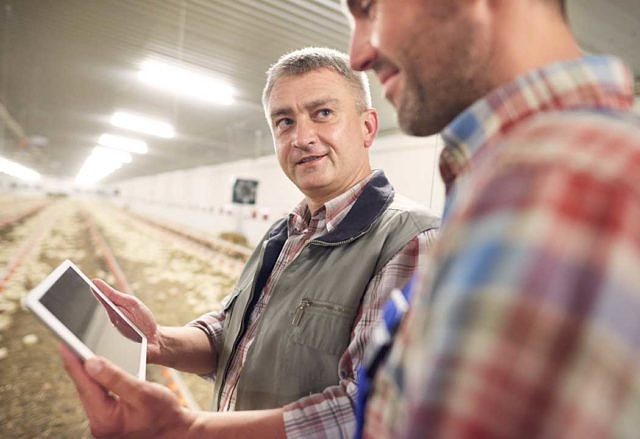
“We began a series of studies, consultations and benchmarking exercises to identify the best tools in the field.”
Starting in 2010, we began a series of studies, consultations and benchmarking exercises to identify the best tools in the field. Those we selected were then used to build an aligned and accessible Sustainability Performance Assessment framework (SPA).
In 2012, we created the Sustainable Sourcing Guide, a reference manual for companies seeking to source their agricultural raw materials sustainably. This describes every step in the process of a company developing and implementing a sustainable sourcing strategy.
We followed this with the Farm Sustainability Assessment (FSA) Programme, introduced in 2014. This built on the achievements of the SPA. It enabled a farm’s sustainability level to be assessed and offered practical recommendations for improvement.
Farmers were now able to use the FSA to assess their sustainability practices and demonstrate this to their customers. Many of the world’s leading food and drink companies began to use it to source sustainably produced agricultural raw materials and meet their goals.

2014-
2016
Working together on the ground
Beginning in 2014, we began to facilitate pilot projects on the ground to help develop more sustainable agricultural practices in specific areas. Flagship projects like Doñana Berry, SAIRISI Italian rice and European Sugar Beet enable members to trial solutions to common challenges, share resources, develop joint training and create impact at scale.
“Beginning in 2014, we began to facilitate pilot projects on the ground.”
2016-
2018
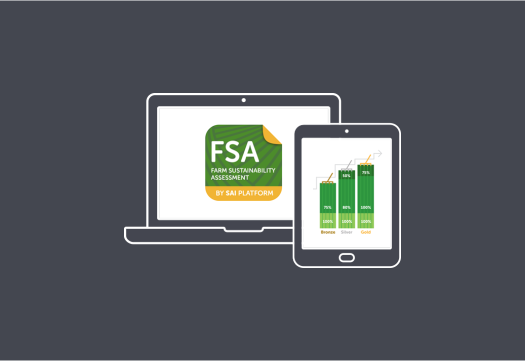
Leading the way
We have always embraced the potential of technological innovation in the drive towards sustainable agriculture.
In 2016, we developed the FSA web-app, an online system that allows our members to communicate and manage the progress of their FSA implementation. We have also developed an interactive online tool, Spotlight, to improve knowledge sharing and help members better identify projects for on the ground collaboration.
“We celebrated 15 years of progress and achievements with a milestone event.”
At our 2017 annual conference in Beijing, China, we celebrated 15 years of progress and achievements with a milestone event on ‘Feeding the world’s rapidly growing population’.
Future
The Food and Agriculture Organization of the United Nations has projected that food production will need to increase by 50% by 2050.
SAI Platform’s mission is to use everything we have learnt to help our members play their part in reaching such ambitious targets in a sustainable way, while protecting the natural and social environment.
Our story demonstrates that, through pre-competitive collaboration, the expertise can be developed to enable organisations from across the global food and drink industry to work together towards a common goal.
